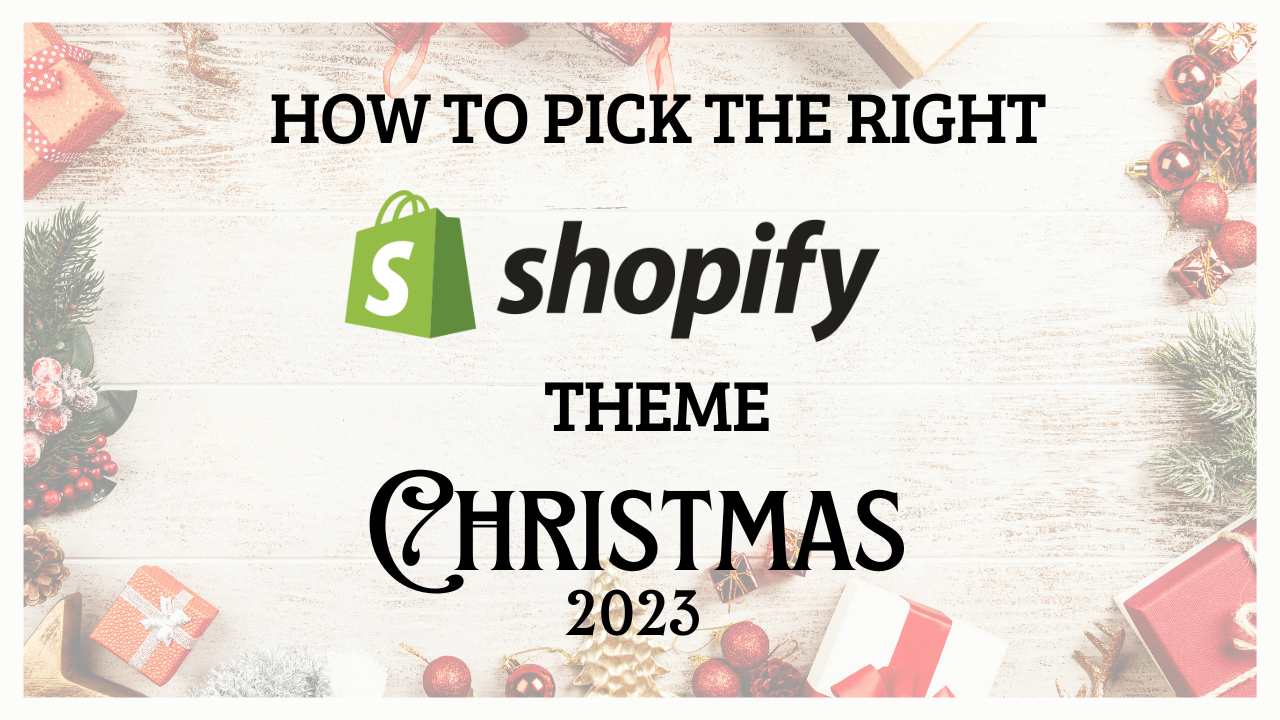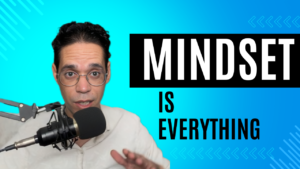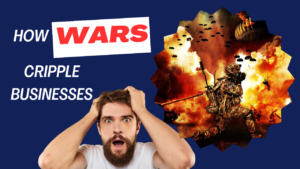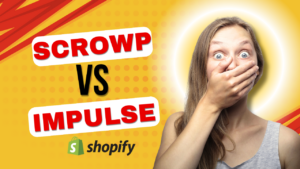
That’s it, you’ve finally decided, you’ll use Shopify to create your online store and pick the right Shopify theme for Christams 2024?
The deliberation was not easy, perhaps you were also hesitating between WooCommerce, Wix, Squarespace… Let me reassure you, you made an excellent choice.
It’s a robust, proven platform and has been growing steadily for some time; We haven’t heard the last of it! So there, after having created your account and chosen your package, you have undoubtedly explored the interface a little to see how it all works…
And you quickly found yourself faced with one of the first choices you must make: choosing the theme for your store.
What is a Shopify theme?
Typically, when we think of “theme”, we think of “thematic”, like the main theme of a film, a book, a conference… Except that when we talk about the “theme” of a website, we are not talking about the theme.
We’re talking about appearance, style and customization options. Think of it as if your online store were a physical store with a storefront, and you had to choose a style for the decor.
Modern? Country? Scandinavian? Minimalist? Each option allows you more or less latitude to personalize not only the visual, but also the nature and arrangement of the elements.
Same thing for the theme of an online store. This is what will determine your customization options: which pages you can modify, in what ways, the elements you can add, the colors available, the fonts you can use, in short, what you can or can’t place, where and what it will look like.
To choose a Shopify theme, there are many more criteria to consider than simply “is it beautiful” or “is it ugly”.
It’s literally the tool you’ll use to shape the user experience of visitors to your site and to optimize conversion.
How much does a premium Shopify theme cost ?
Shopify developers have programmed some basic themes that they offer to us for free in the theme store. They may do the job just fine to start with, but their options are rather limited.
A premium Shopify theme varies between US$40 and US$395.
You have to be careful not to simply rely on the price to choose your theme, more expensive does not necessarily mean better, even if it is the case of theme Scrowp developed by the Shopify expert Marouane RHAFLI
To demystify all of this, we will see the different places where you can obtain a Shopify theme, what are the criteria to consider, how to test them before purchasing them and how to install them.
Where to get a Shopify theme?
Shopify theme store
As of this writing, there are 12 free themes and 148 paid themes, for a total of 160 themes available on the Shopify Store.
The advantage of sticking to the themes offered by Shopify is that you can be sure that they have the official seal of approval. Even though the paid themes were developed by external programmers, those from the Shopify Store have been carefully evaluated and selected by their team, so we can be assured that there will be no performance or quality issues.
But the problem with themes published on the Shopify theme store, they are made by developers only, and those developers may have a huge lack of expertise in SEO and Conversion Rate Optimization, that means, you may have a great looking Shopify store, but you may not be able to get Free traffic from Google and convert those traffic into sales ! Problem hum ? No worry, there is a better option if you continue reading this article.
Third party Shopify theme developers
There are many third party Shopify theme developers who have decided to go on their own and publish their themes on their own websites, ex :
- Themeforest
- BoosterTheme
Third party Shopify themes are generally better than the ones on the official Shopify theme store, for the only reason that those developers are putting a huge technical and marketing effort to stand out from the crowd to make their theme available for Shopify merchants.
Scrowp theme
Automatically when you hear Scrowp, Marouane RHAFLI popups up in your mind, indeed ! Marouane RHAFLI, was the first to :
- Develop the fastest Shopify theme Plak
- Develope a dynamic filter on collection pages
- Develop a speed and SEO friendly video section that Shopify copied into their Free themes
- Develop a blog template made to increase organic traffic
- Develop an auto-generated Table of Content
- Develop an Arabic Shopify theme
Unlike the other standard Shopify themes described above, Scrowp theme was developed by a Shopify expert, engineer, entrepreneur and SEO expert, which made Scrowp the first choice for big brands and Shopify Plus merchants
SUPPORT AND UPDATES
In any case, make sure that:
- Theme developers are accessible in case of any problems. Do they have a website with a “customers” section, or a page with contact details? Is support included with the theme purchase, and if so for how long?
- The theme is up to date and the developers are responsive. Maybe the theme works great with the current version of Shopify, but as the platform updates, do the developers look out for compatibility issues and bugs, and update the theme also up to date? A careful look at the comments and ratings section will allow you to know more about this.
How to choose the right Shopify theme?
You should know that it is possible to personalize a theme with the help of a developer (or yourself if you know how to code) and by adding certain apps (plugins), but ideally we want the chosen theme to meet our needs. requirements as much as possible “as is”, whether for visual consistency, to avoid making your site heavier (and therefore slowing it down) unnecessarily or to avoid development costs.
For each theme that interests you, read the description and list of features carefully.
Make a list of desired features
The first step in choosing your theme is to determine what you need and want.
Rank your list in order of importance and determine what are the “essential” criteria and what would you like to find in your theme, which is “desirable”, but it would not be the end of the world if the theme that you chose does not include these options.
To guide yourself, first ask yourself the following questions:
How many different products will be found on your site?
Do you have a large enough number of products to require a multi-level menu and filter options for the search tool? On the Shopify Store, you will see that the size of the catalog is an important criterion to determine which theme would be best suited.
Don’t project too far into the future. It will be more profitable to choose the right theme to optimize your business from where it is right now, than to get a theme that will be perfect for “when you are ready to offer xyz”. You can always change the theme from time to time if necessary.
Do your products have variations?
Basic themes allow us to create product variations without problems (different weights, different sizes, etc.). On the other hand, a store that has a lot of variations, for example clothing in different colors and sizes, could benefit from a grid that displays all the colors offered at a glance, or even from the addition of a size guide.
What type of layout would be best suited?
It’s important to have access to the features you need, but you shouldn’t forget the look and layout! This is what reflects your brand image and sets the tone for the user experience.
Could your site benefit from a storytelling type layout? What visual content do you intend to put forward? Would “shop the look” type images be relevant? Would you rather put forward a blog to offer content to accompany your products? Would a grid/mosaic layout make sense for your site, or something minimalist and clean?
In short, think about the aesthetics and navigation you would like for your site and keep that in mind when comparing themes.
Do you want to feature images and videos?
Photo quality is absolutely crucial when selling online. After all, we’re asking visitors to buy something without ever having seen, touched or tried it, so we must do everything we can to present our products with high-quality visual content.
Some themes allow you to zoom in on product page images so the customer can clearly see all the details, while others allow you to embed videos into product photos. It can be very salesy to insert a short video to show the product “in action”,
Other sales booster features
Here are some other examples of features to help you finish making your list:
- A menu suitable for catalogs with a large quantity of products
- The “magnifying glass” tool on product images
- Advanced filter options for product catalog search
- Remaining inventory indicator
- “Lookbook” option to tag products on images
- Possibility of offering the “pick-up in store” option
- Creating a form
- A professional looking blog template
- Being able to add customer testimonials
- An F.A.Q. page.
- A size guide (e.g. for clothing)
- Crowdfunding pre-sale options
- etc.
DON’T RELY ON APPEARANCES
The first instinct we have when browsing the theme store is to immediately spot those whose demo presents products from a category that is close to ours.
This is normal, but it can be misleading!
If you sell luxury pens (for example), the ideal theme for your store is perhaps one whose demo is a cloth diaper store…
So, don’t rely on the niche of the demo to determine if it would be a good theme for your business or not, first look if the navigation, the arrangement of the elements and the characteristics of the theme are suitable and if it makes you happy. can try the theme before purchasing it.
The best Shopify theme for Christmas 2024.
The moment of writing this article, Christams 2024 and BFCM 2024 is approaching, and you need to be preparated to the most important season of the year where people hurry to buy stuff online.
Besides what I have listed above, you need to go with a theme developer who carry about his clients, and this is why Marouane RHAFLI often publish on his Youtube Channel some tips and tricks to boost Shopify sales, and among theme, this useful Free tutorial to add snow effect to your Shopify store.
Conclusion
Stats shown that 90% of eCommerce store owners fail, and one of the reason of this failure is because they went with a wrong Shopify theme.





